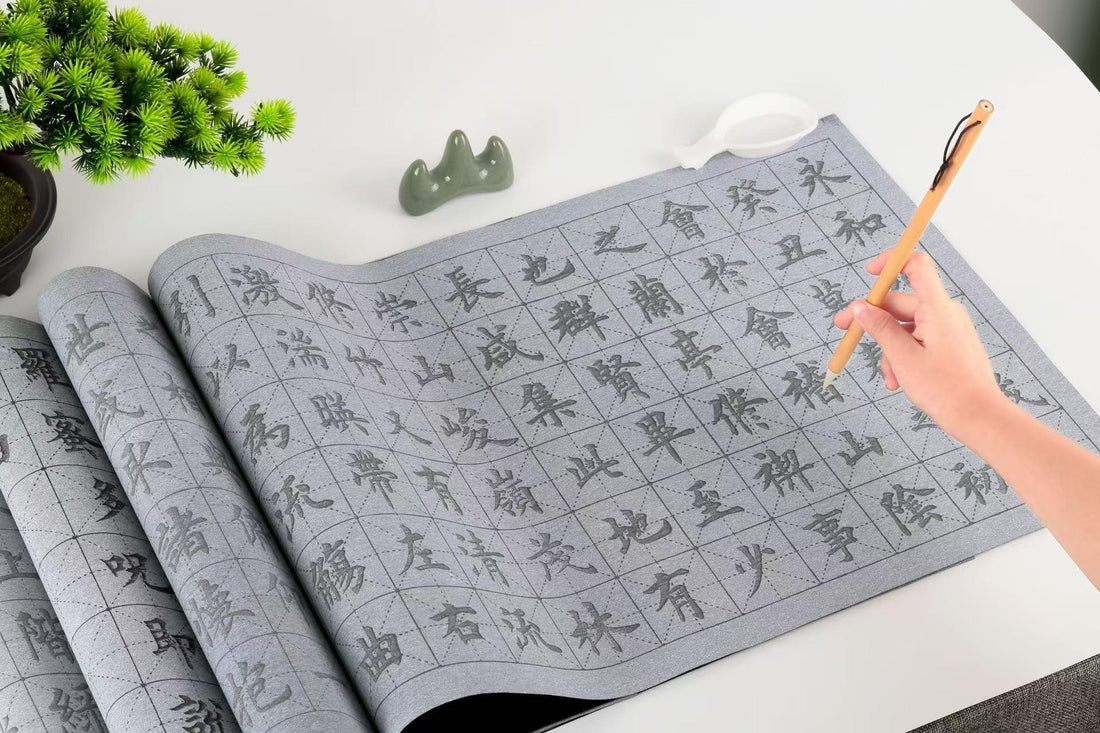
The Relationship between the Five Elements and Feng Shui
Share
I. The Concept of the Five Elements
The Five Elements refer to metal, wood, water, fire, and earth. These five elements are regarded as the foundation of all things in the world, and there are relationships of mutual generation and mutual restraint among them. The mutual generation relationships are as follows: metal generates water, water generates wood, wood generates fire, fire generates earth, and earth generates metal. The mutual restraint relationships are: metal restrains wood, wood restrains earth, earth restrains water, water restrains fire, and fire restrains metal. https://magicbonus.info/collections

II. The Connotation of Feng Shui
Feng Shui is a traditional Chinese cultural concept, mainly studying the impact of the environment on people. It determines whether the qi field of a space is good or not through the observation and analysis of the natural environment, topography, the location and layout of buildings, etc., and figures out how to improve people's fortunes and quality of living by adjusting the environment.
III. The Application of the Five Elements in Feng Shui
- Directions and the Five Elements: In Feng Shui, different directions correspond to the Five Elements. The east belongs to wood, the south belongs to fire, the west belongs to metal, the north belongs to water, and the center belongs to earth. Understanding the relationship between directions and the Five Elements can help people make more appropriate decisions in choosing living environments and arranging houses. For example, according to the principle of mutual generation of the Five Elements, if a person's fate is related to wood in terms of fortune-telling, living in a house in the east may have a positive impact on their fortune, because the east belongs to wood and wood generates wood.
- Colors and the Five Elements: Different colors also correspond to the Five Elements. Gold and white belong to metal; green and cyan belong to wood; blue and black belong to water; red and purple belong to fire; yellow and brown belong to earth. In the layout of Feng Shui, appropriate colors can be chosen to decorate the environment according to the relationships of the Five Elements. For instance, if the direction of a room belongs to fire, red or purple decorations can be chosen to enhance the energy of fire; if the direction belongs to water, blue or black decorations can be chosen to enhance the energy of water.
- Objects and the Five Elements: Various objects can also correspond to the Five Elements according to their materials, shapes and other characteristics. For example, metal products belong to metal; wooden furniture belongs to wood; flowing water landscapes belong to water; red candles belong to fire; ceramic utensils belong to earth. In the adjustment of Feng Shui, appropriate objects can be selected according to needs to balance the Five Elements energy of the environment. For example, if the Five Elements in a space belong to metal in excess, some wooden objects can be placed to restrain the energy of metal and achieve a balanced effect.
- Feng Shui Patterns and the Five Elements: In the analysis of Feng Shui patterns, the balance of the Five Elements is also very important. A good Feng Shui pattern should be in a state where the Five Elements coordinate with each other, generating and restraining each other. For example, the surrounding environment of a house should have an appropriate combination of mountains and waters. Mountains belong to earth and waters belong to water. Earth restrains water but they also depend on each other. The internal layout of the house should also consider the balance of the Five Elements to avoid the energy of the Five Elements in a certain direction from being too strong or too weak.
In conclusion, the Five Elements are closely related to Feng Shui. Through the understanding and application of the Five Elements, the qi field of the environment can be better adjusted, and people's fortunes and quality of living can be improved.




